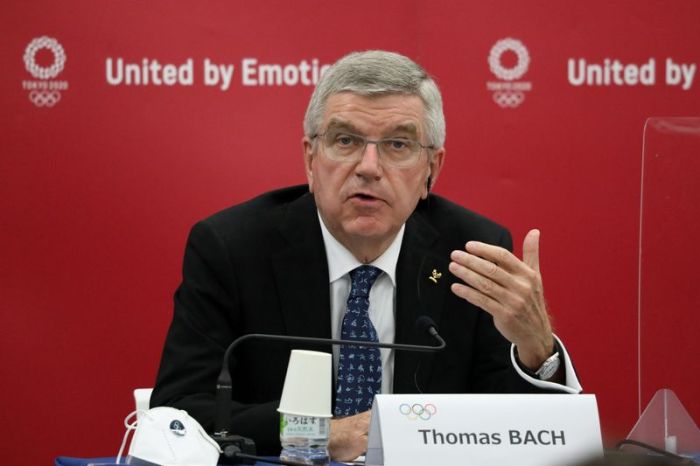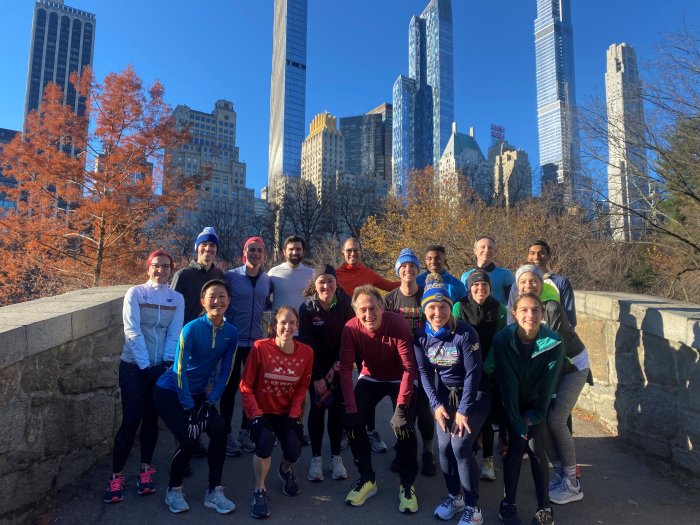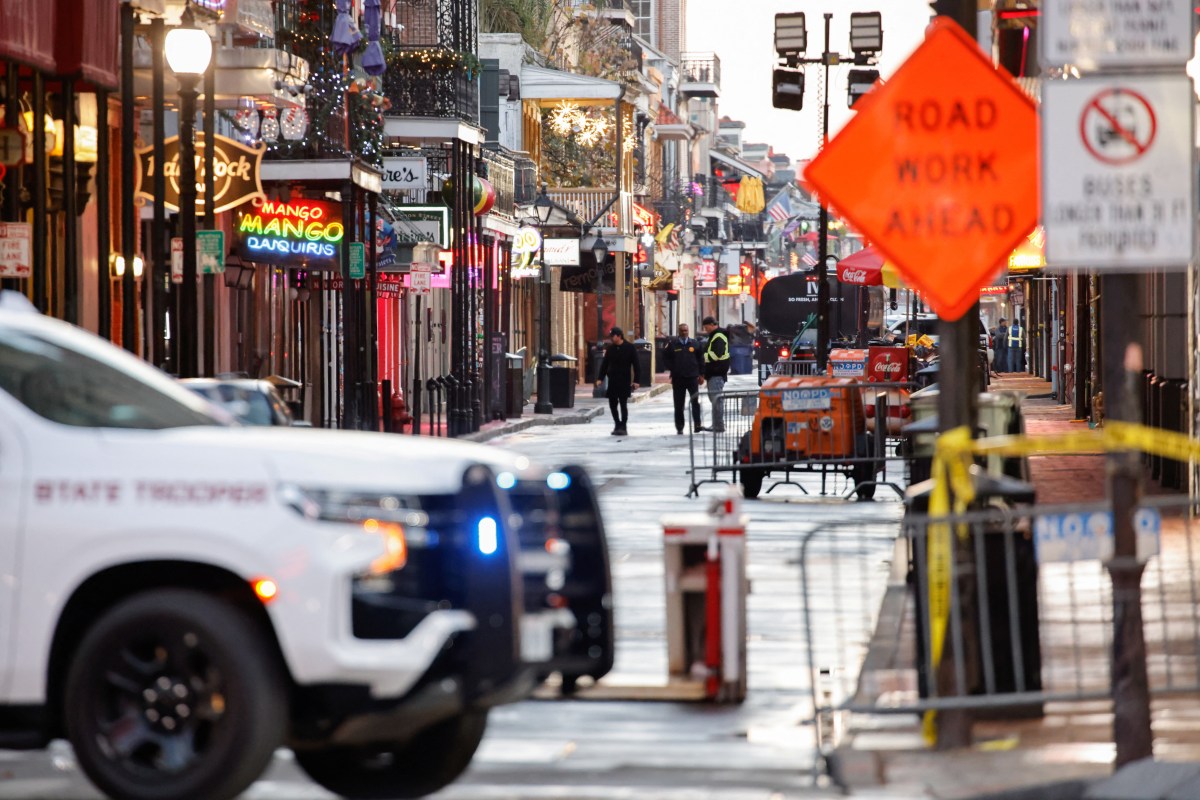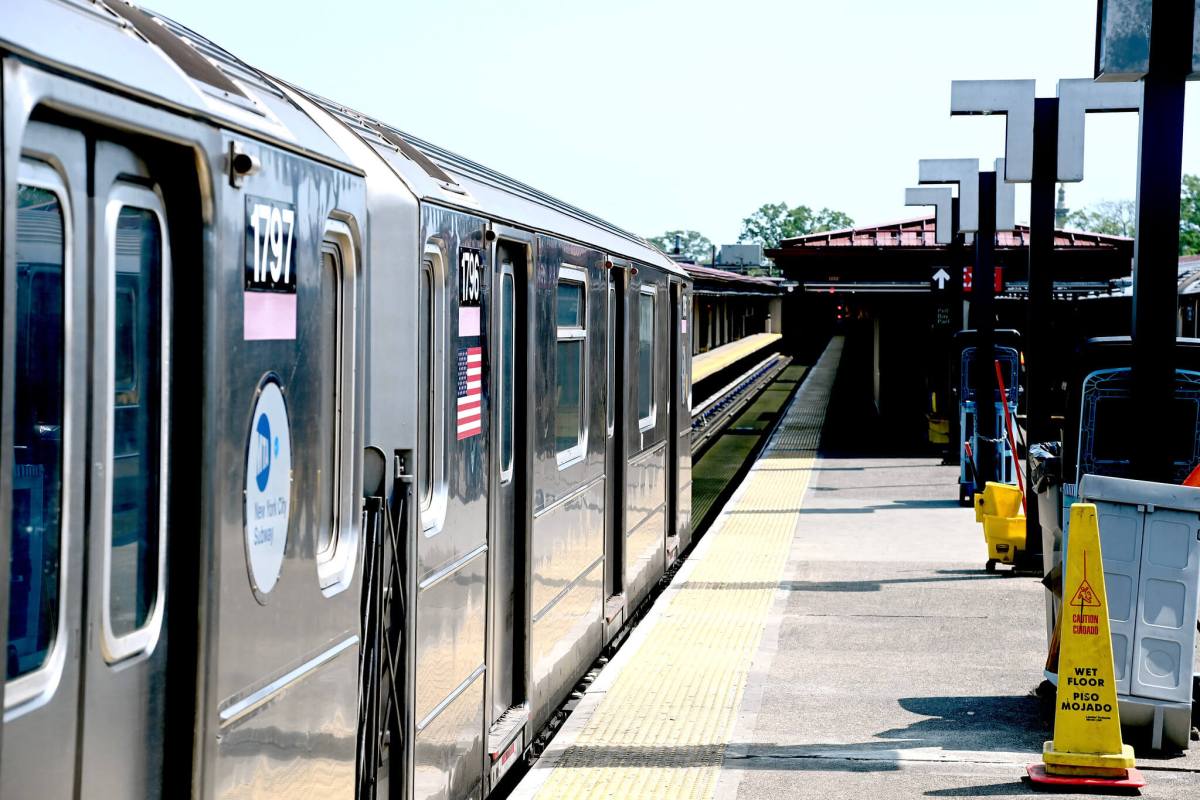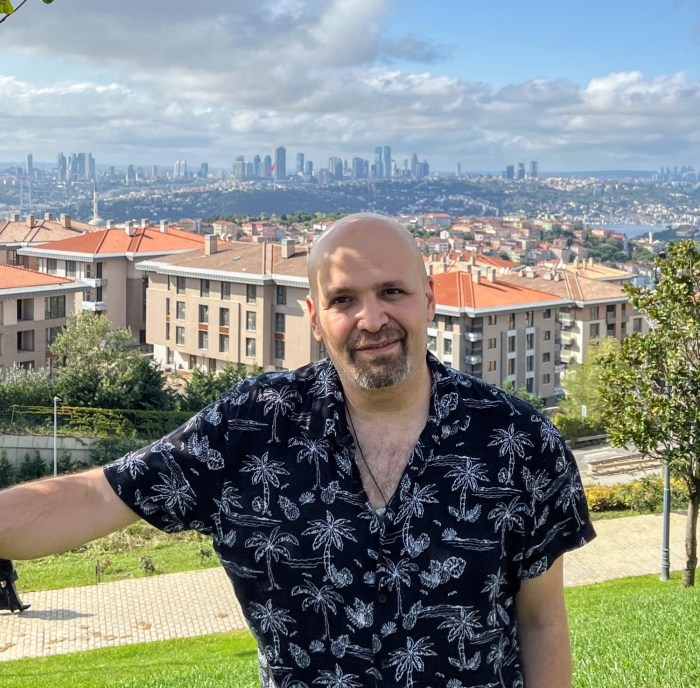LOS ANGELES (Reuters) – Most Californians faced heavy new restrictions on Monday aimed at slowing the spread of COVID-19, while New York’s governor threatened to ban indoor restaurant dining in New York City as the United States feared infections would continue skyrocketing.
Restaurants in Southern California, the San Francisco Bay Area and the state’s agricultural San Joaquin Valley shut for all but takeout and delivery. Playgrounds closed, stores reduced capacity and hair salons and barbershops shuttered.
The moves affected about three-quarters of the nearly 40 million people in America’s most-populous state.
California Governor Gavin Newsom’s order allowed some schools to continue to hold classes. But the Los Angeles Unified School District, the state’s largest, closed campuses that had been partially open to offer in-person services and tutoring, affecting many special-needs students.
In San Francisco, Ellen Scanlon, 43, read with dread a closure notice at a playground she frequents with her 2-year-old. “I understand it, and we’re going to comply with it…but it’s been tough,” she said.
Newsom’s directive applied to places where fewer than 15% of intensive-care hospital beds remain available, so far affecting Southern California and the San Joaquin Valley. Localities in the San Francisco Bay Area imposed similar orders.
Dr. Anthony Fauci, the U.S. government’s top infectious disease expert, said on Monday the state’s action would “rescue them from possibly getting their hospitals overrun.”
California set a record in new cases with 30,000 on Saturday and recorded nearly 25,000 more on Sunday. Hospitalizations also hit records. In the San Joaquin Valley, just 6.3% of intensive care unit beds were available, the state said Monday.
Nationwide, COVID-19 infections are at their peak, with an average of 193,863 new cases reported each day over the past week, according to a Reuters tally of official data.
There have been 14.7 million confirmed infections and more than 282,000 coronavirus-related deaths reported in the United States since the pandemic began, the most in the world.
California’s order, which went into effect in the two regions Sunday and will last at least three weeks, bans private gatherings of any size in affected areas and shuts all but critical infrastructure and retailers. It will be expanded to other parts of the state if intensive care unit capacity drops.
The sheriffs of Los Angeles, Orange, Riverside and San Bernardino counties have said they would not enforce the rules, prompting Newsom to threaten to withhold coronavirus relief funds.
NEW YORK RESTRICTIONS LOOM
New York Governor Andrew Cuomo said that if hospitalization rates keep climbing this week, he would suspend indoor dining at New York City restaurants. They only resumed indoor service in September at 25% of capacity.
Cuomo said a broad shutdown of non-essential businesses across the state like that imposed in the spring was not warranted for now.
To avoid a critical shortage of beds, New York state health officials will order hospitals to increase their capacity by 25% and ask retired doctors and nurses to come back to work, Cuomo said.
Fauci, tapped by President-elect Joe Biden to serve as his chief coronavirus adviser before the inauguration on Jan. 20, said the pandemic could worsen after the year-end holidays.
After millions of people ignored public health advice and traveled for the Thanksgiving holiday in November, Fauci said he feared Americans would again gather over Christmas and New Year’s Day.
Deaths spike typically about three weeks after surges in infections and hospitalizations.
“Without substantial mitigation, the middle of January can be a really dark time for us,” said Fauci, appearing with Cuomo during the governor’s video news conference.
Biden has said he will make tackling the pandemic his top priority as he replaces Republican President Donald Trump.
(Reporting by Dan Whitcomb, Sharon Bernstein, Nathan Frandino, Maria Caspani, Doina Chiacu, Lisa Lambert, Peter Szekely, Daniel Trotta and Brad Brooks; Writing by Daniel Trotta, Maria Caspani and Sharon Bernstein; Editing by Bill Berkrot, Will Dunham, Peter Cooney and Cynthia Osterman)






